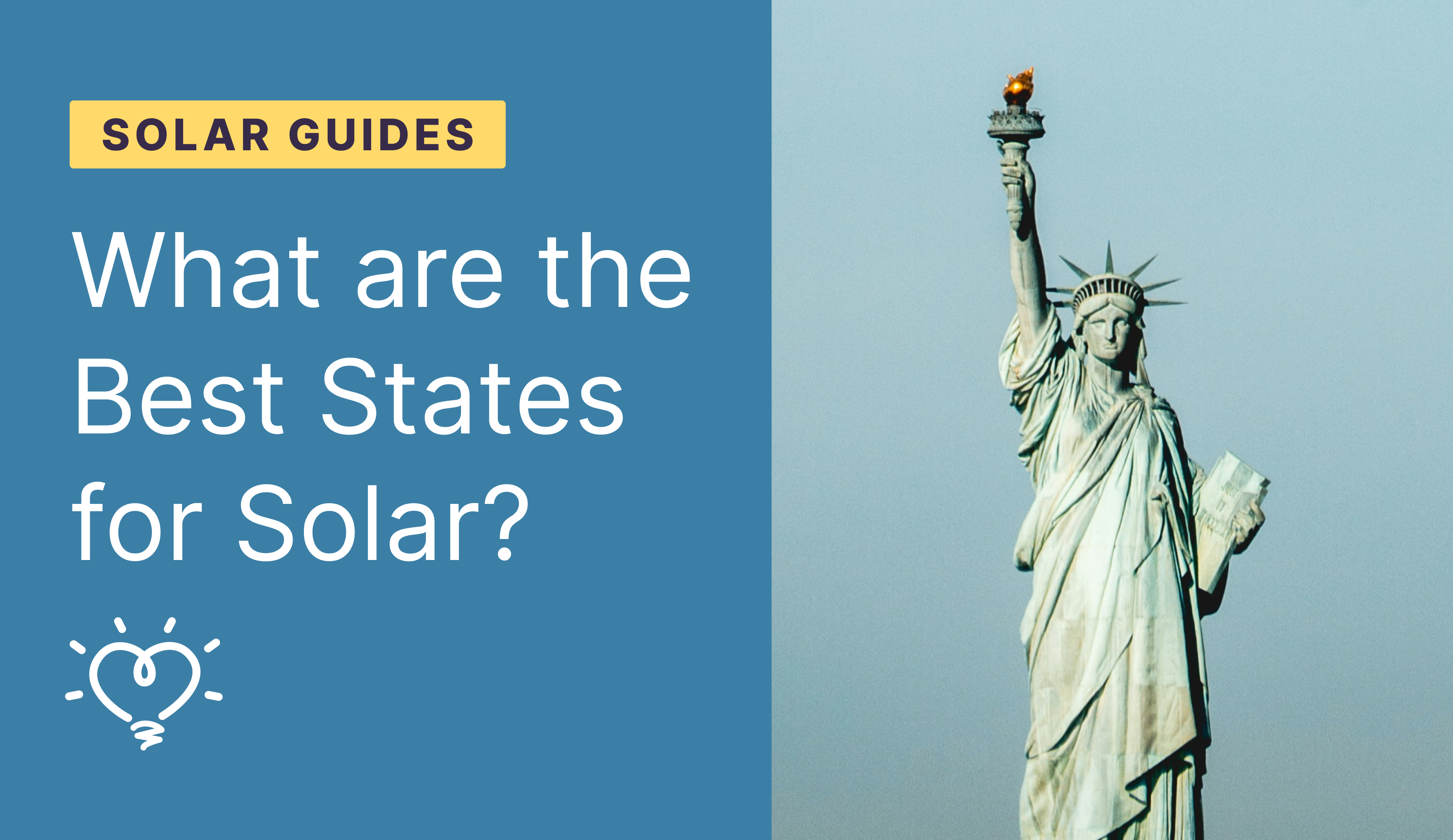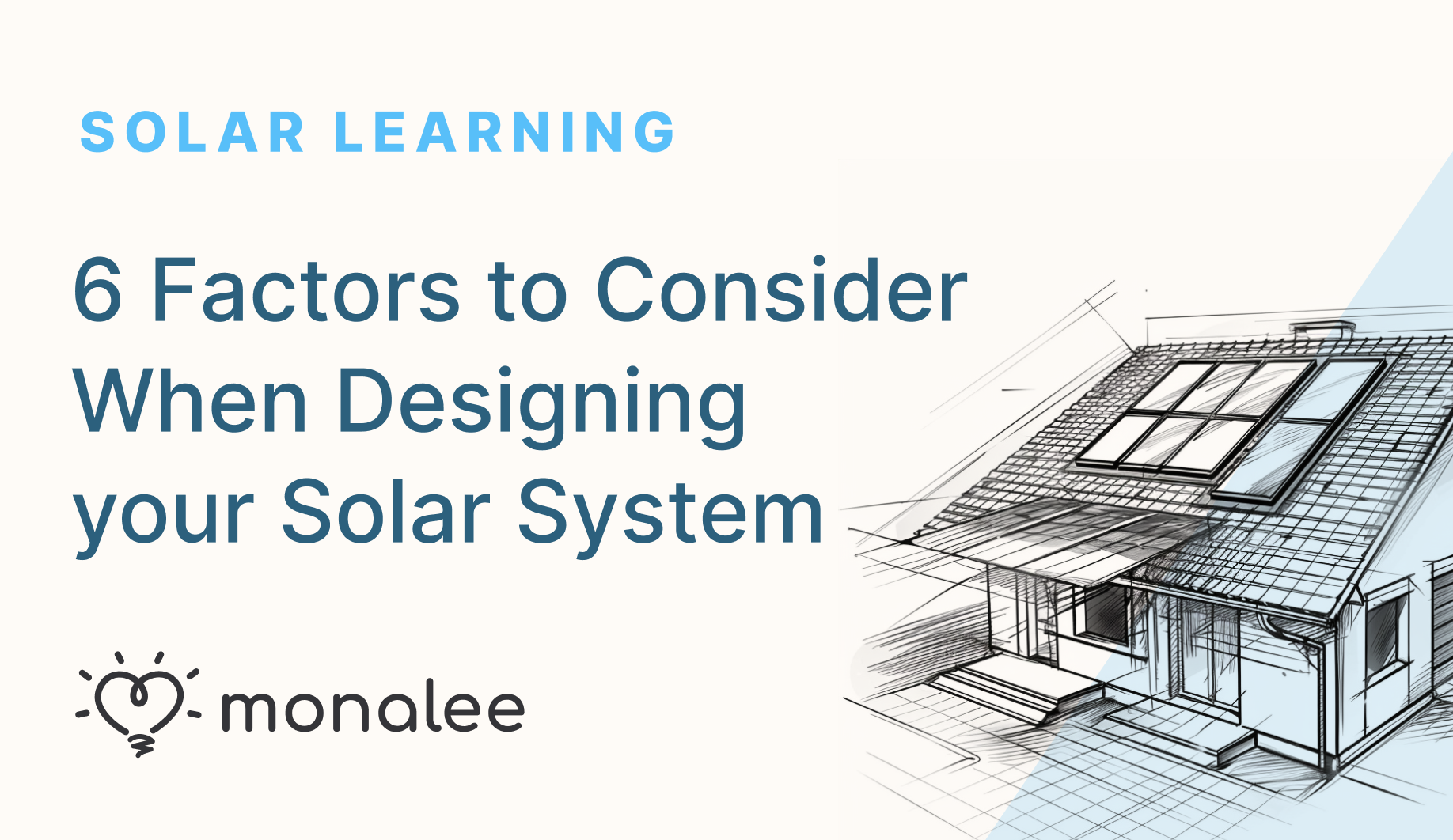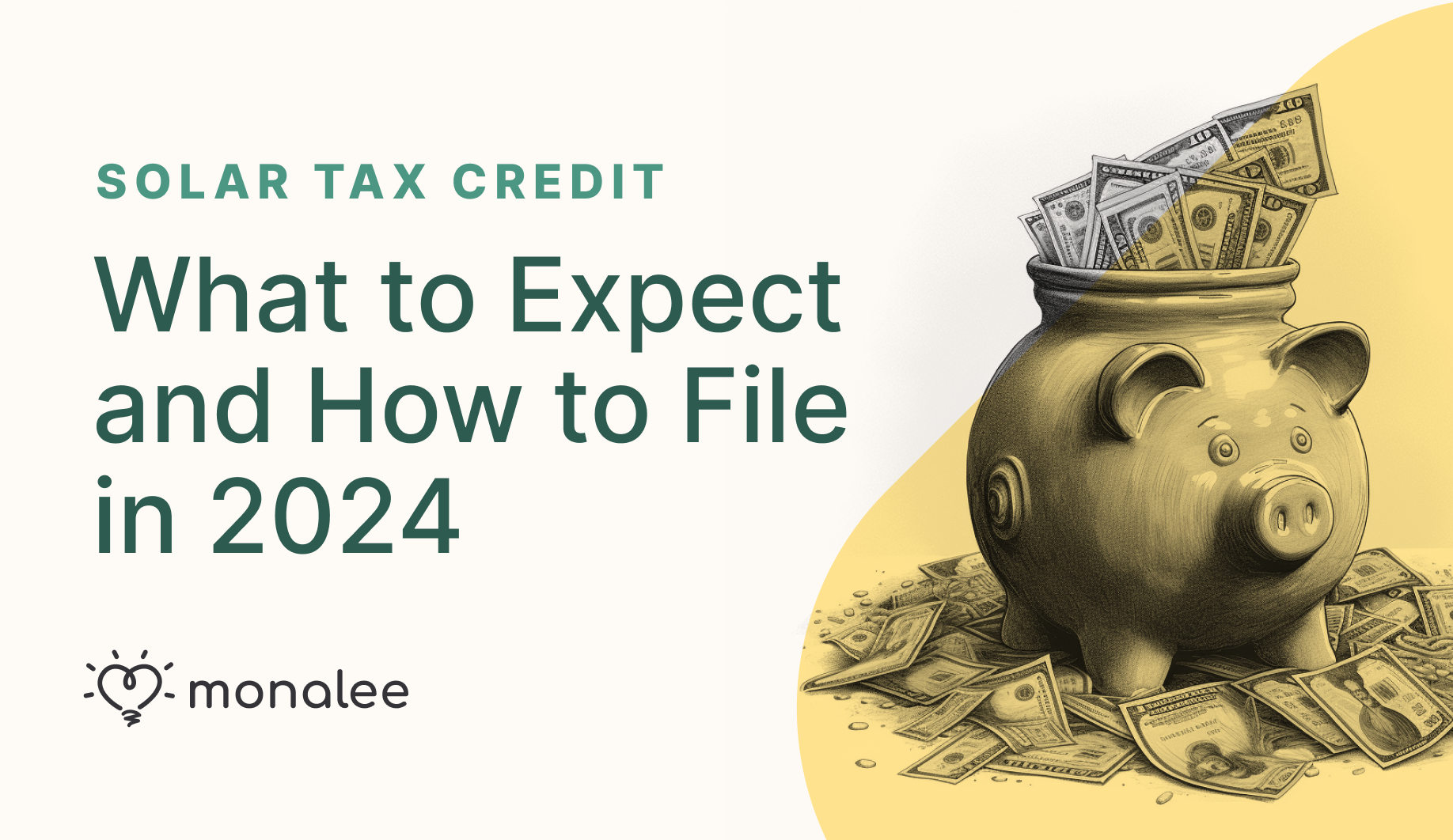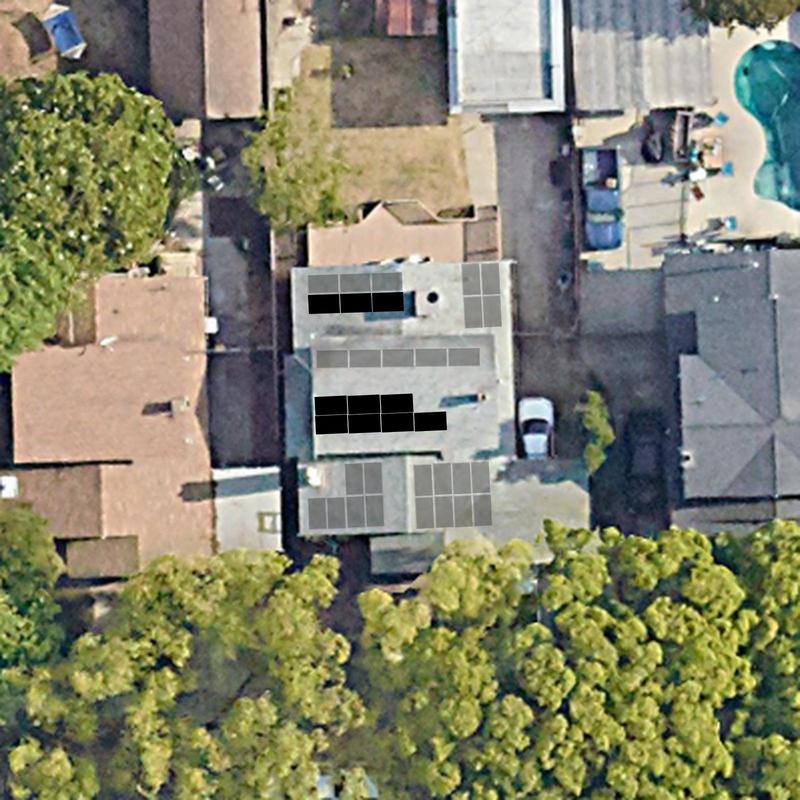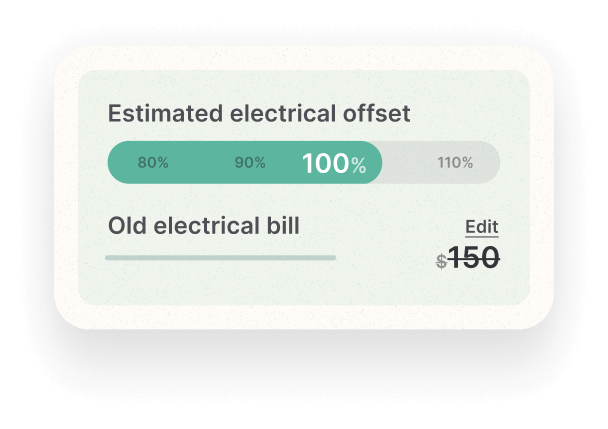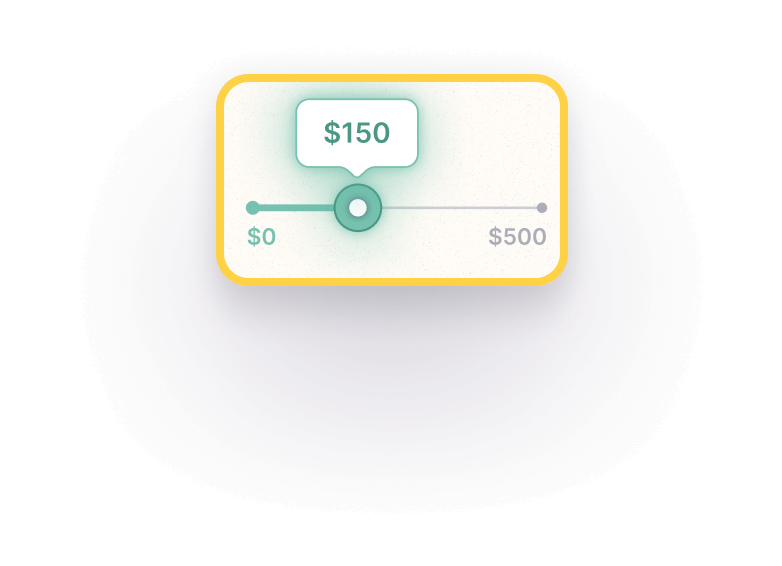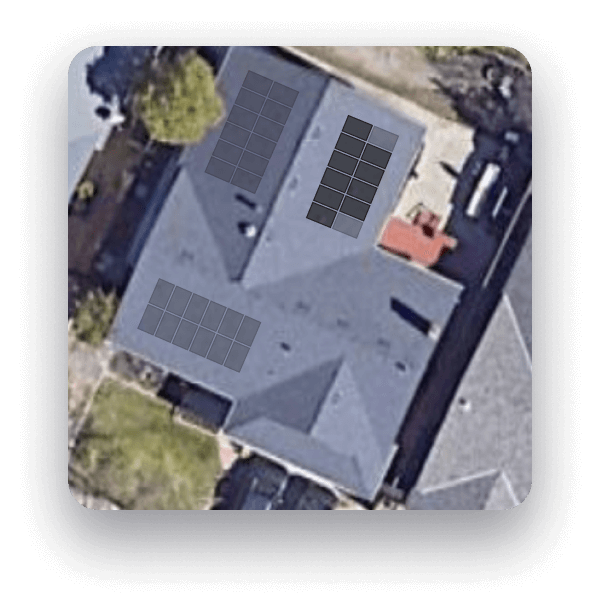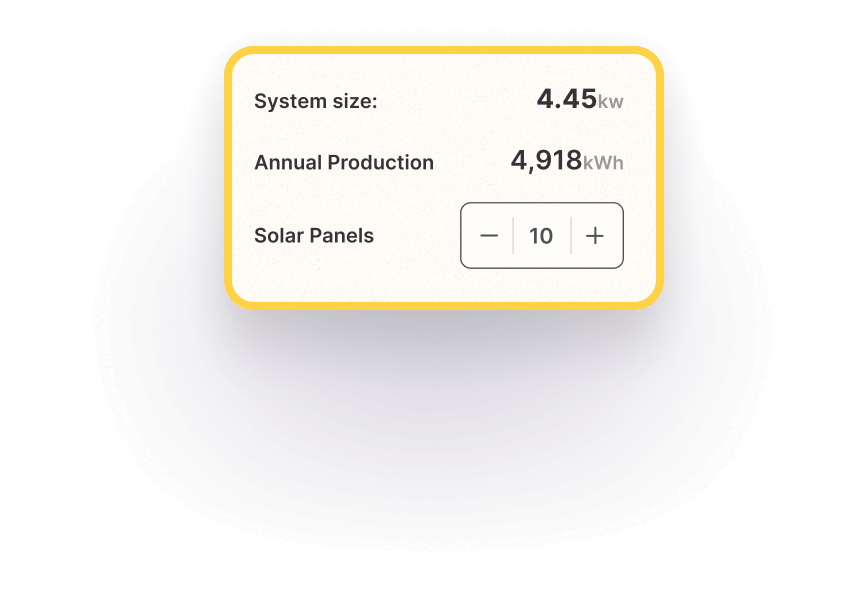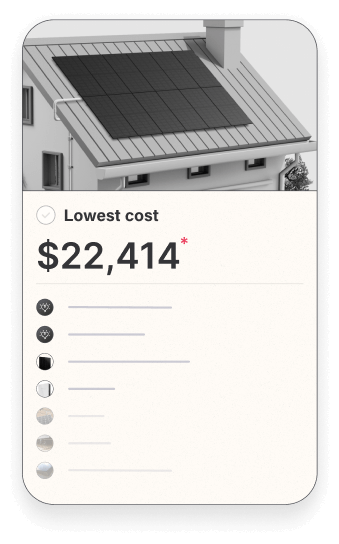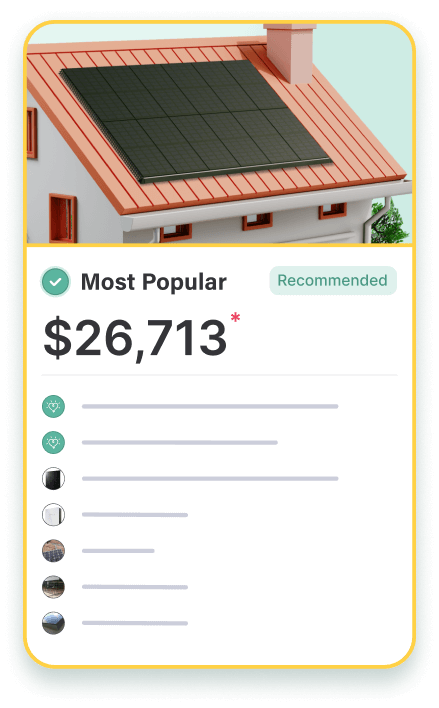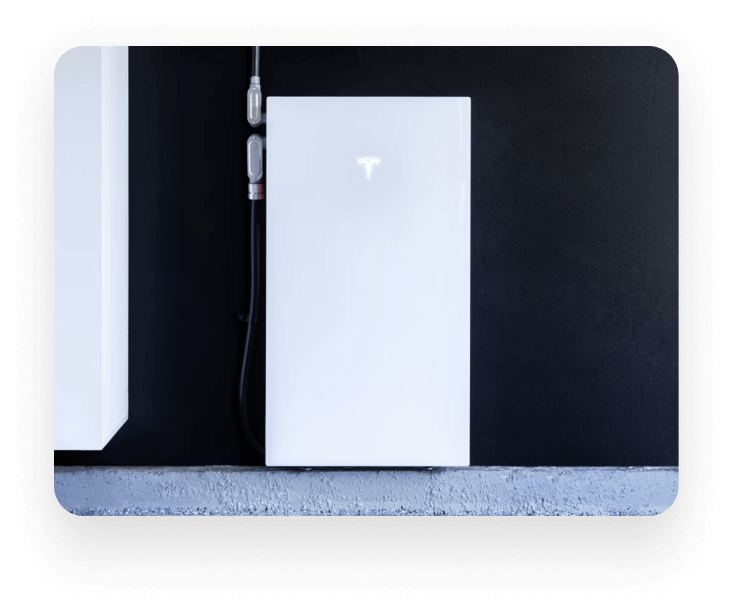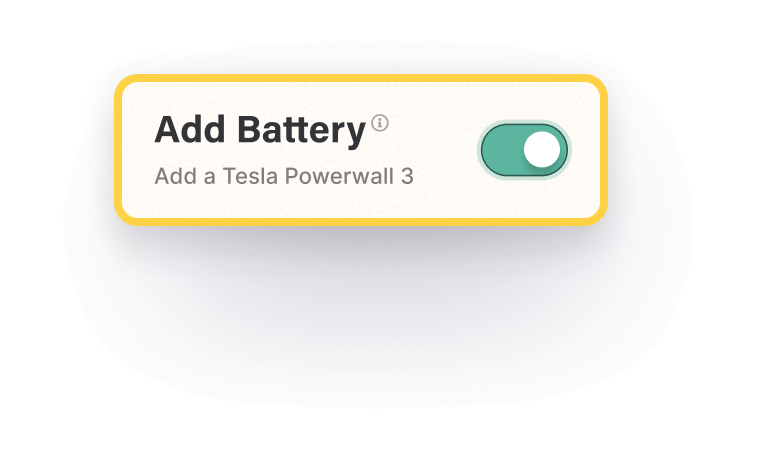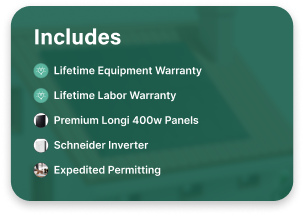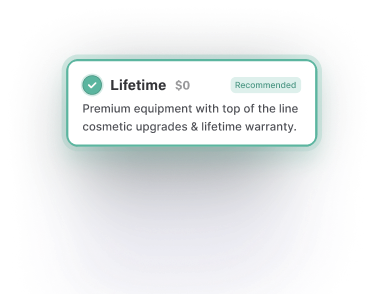Going solar comes with significant benefits for both homeowners and the planet. In fact, As of 2024, 4.2 million American households are generating their own power using solar energy—that’s nearly 5% of all single-family homes nationwide.
Going solar has many advantages that go beyond energy and financial savings, and certainly outweighs any misconceptions about solar you may have heard. While solar makes sense for almost everyone, we’ve rounded up ten of the best states for making the switch.
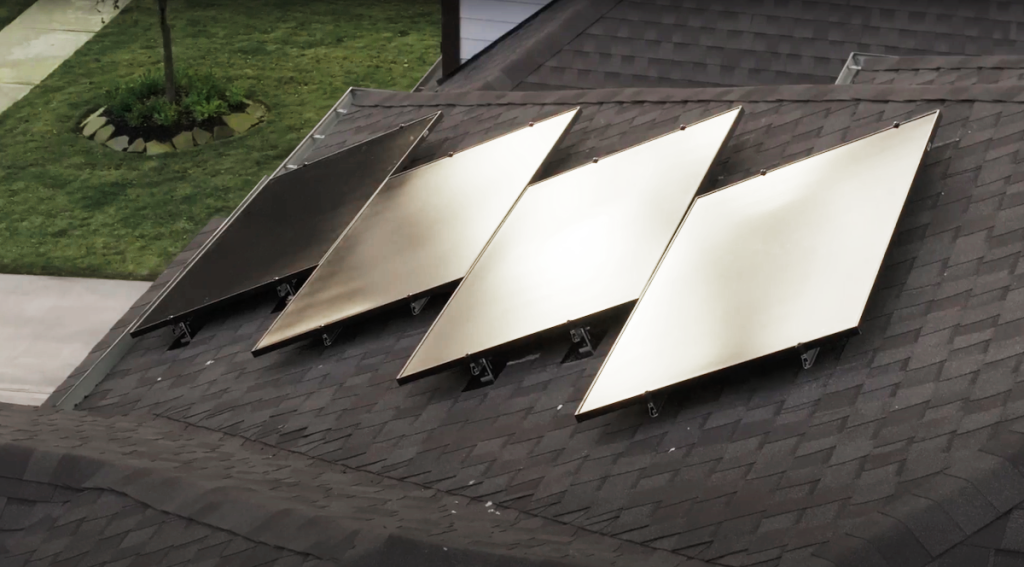
California
California is almost synonymous with sunshine, and for good reason. Cities like Los Angeles boast a Mediterranean climate with an average of 262 sunny days per year. Even cloudier cities, such as San Francisco, generate plenty of electricity from solar panels. With the roll-out of NEM 3.0, it’s also possible to earn credits for every time you offload excess energy to your area’s power grid.
In recent years, electricity rates have surged, and there have been a higher number of power outages. Many homeowners who go solar ultimately decide to add a battery storage system with ‘blackout protection’—a feature that allows the battery to power one’s home without being connected to the local grid.

Texas
As one of the country’s sunniest states, choosing to go solar is a smart move for Texas homeowners. Aside from statewide incentives, Texas homeowners can benefit from a 30% Solar Tax Credit in 2024, which means that ROI is possible in as little as 5-7 years. Being energy independent means being immune to rising Texas utility rates, which are already higher than the national average.
Homeowners can also take advantage of statewide initiatives including the Solar Energy System Property Tax Exemption, which means that Texas homeowners who install a solar system will not be taxed on their home’s increase in value (4.1% on average).

Arizona
Going solar is a no brainer in Arizona. It’s the sunniest state in the US and has more than 300 days of sunshine every year. Remember, when it comes to solar, it’s the amount of sunlight the panels receive each day—rather than the temperature in the air—that determines how much energy a solar system produces. As an example, an 8 kW system can save Arizona homeowners upwards of $1,700 each year.
Homeowners who stick with traditional energy sources will see electricity rates continue to surge. From October 2019 to October 2020, residential electricity consumption increased by 9.8-percent. This year, rates are expected to increase by 8-percent. A set of statewide incentives make the transition even easier.

Florida
Similar to many US states, Florida has seen a rise in electricity rates in recent years. The high cost of fuel paired with Florida purchasing natural gas from out of state are largely to blame. On average, the price of switching to solar energy is around $3.04 per watt–well below the national average of $3.33–with most homes needing an 11.5 kW solar system to fully offset their monthly electric bill.
Florida homeowners who switch to solar energy can receive a return on their investment in as little as five years. Statewide incentives such property tax exclusion, a solar sales tax exemption, and a generous net metering program benefit homeowners long-term.

Massachusetts
High residential electricity rates paired with favorable federal and state incentives makes solar a smart investment for Massachusetts homeowners. Among these is a statewide solar tax credit that allows homeowners to receive an additional 15% tax credit up to $1,000 value. Combined with the 30% federal tax credit, it cuts down the total cost of going solar significantly.
At a glance, Connecticut’s electricity rates are 55% higher than the national average, with no sign of slowing down. Going solar with Monalee yields an average ROI of 25%. Monalee is able to eliminate many of the soft costs associated with solar installation, resulting in further savings.

New Jersey
Residential utility rates in New Jersey are 7% higher than the national average, with yearly rate increases significantly higher than the national average (2.36%) as well. In fact, Jersey Electricity announced a 12% increase on electricity rates at the start of 2024. Switching to solar energy makes homeowners less vulnerable to these yearly price spikes.
By choosing to go solar, New Jersey homeowners are reducing their carbon footprint and their monthly utility bills. As part of the Successor Solar Incentive (SuSI) Program, homeowners can be paid for their solar energy production. A fixed rate of $85 per 1,000 kWh applies.

North Carolina
With an abundance of sunshine, net metering programs, and enticing tax credits, going solar offers so many benefits for North Carolina homeowners. Homes in North Carolina that run on solar energy also increase in value by 4.1% on average. They’re more enticing to potential buyers and tend to be on the market for shorter durations than homes that don’t.
Statewide incentives include state property tax exemptions and net metering programs in which homeowners can sell excess energy that is produced from their solar system to the local grid and earn credits in return. The Duke Energy Solar Rebate Program is another perk of going solar.

Connecticut
When it comes to high residential electricity rates across the country, Connecticut homeowners are hit hard. The state has the third-highest electricity rate in the nation and the highest in the Northeast. Electricity rates are 47% higher than the national average, with most residents paying an average of $267 on utilities every month. Going solar will save them thousands of dollars long-term.
Aside from helping the environment, solar-run homes rely less on the local utility grid and increase in value. Statewide incentives include Connecticut Green Bank Residential Solar Investment Program (RSIP) in which Homeowners who purchase a system are given an upfront cost reduction.

Illinois
Switching from traditional energy to a solar system is especially promising in Illinois. Installation prices are lower than the national average—for example, a homeowner could save as much as $4,000 on a 7.5 kW system. Going the Monalee route ensures additional savings. This is because our patent-pending machine learning allows us to cut soft costs by nearly half.
While Illinois has an average of 198 sunny days per year—a few days shy of the national average—the investment is still worth it. In fact, plenty of energy is captured even on cloudy days. As long as the sun is out, your solar system will convert sunlight into electrical power.

South Carolina
Living in South Carolina has its perks, and a sunny climate is definitely one of them. Like many other US states, residential electricity rates continue to rise, with the average South Carolina homeowner paying close to $150 every month on utilities. Solar panels work year round, and in South Carolina, the best months for generating solar power are late April through September.
In terms of statewide incentives, South Carolina has several already in place. In addition to the federal solar tax credit of 30%, South Carolina homeowners who go solar are offered a state solar tax credit of 25 percent. Then there’s the Santee Cooper utility rebate that caps at $14,000.

